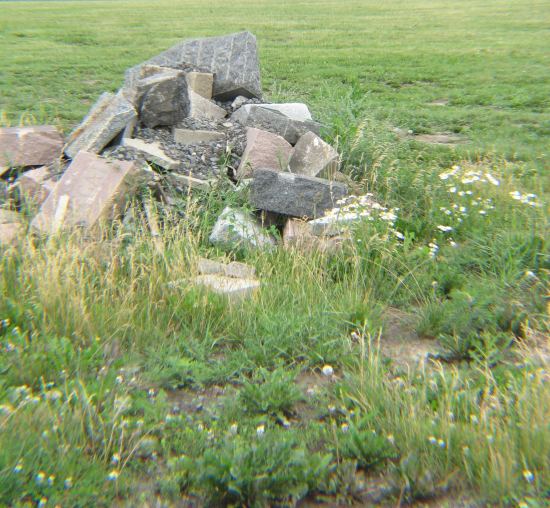

In Hong Kong, where a series of hastily created hillside cemeteries consumed the city’s last available burial space back in the 1980s, those still able to find and purchase a private grave can pay $30,000 for the privilege. He pre-purchased the plot five years before his death. He described it as “a good investment” due to the rising prices.Įx-New York mayor Ed Koch’s grave in Trinity Church cemetery, Manhattan. “The burial issue is not just about economics – but there is a lot about capital, capitalism and commodification involved.” Kuala Lumpur has giant, mechanised vaults, storing thousands of urns which can be retrieved with an electronic cardĮd Koch, the former mayor of New York – a city with almost no burial plots left – pre-purchased his grave in Manhattan five years before his death in 2013 for $20,000. “Burial is becoming more and more of a niche product or market,” says Dr John Troyer of the University of Bath’s Centre for Death and Society. With space running out, the business of death has become highly lucrative as the cost of dying rises all over the world. A solution – injecting the graves with a lime solution to speed up decomposition – was eventually discovered by a graveyard worker, who charged the Norwegian authorities $670 per plot. Cemeteries were filling up at an unprecedented rate. Years later, it was found that the bodies were not decomposing quickly enough in the plastic to allow the graves to be reused. In Norway, concerns about sanitation and the risk of soil contamination in the 1950s led to a policy stipulating that all bodies be wrapped in plastic before burial.
#Cemetery vs graveyard full#
London’s cemeteries will be completely full within the next 20-30 years.Įven cities that do practise grave recycling can run into problems. Photograph: AlamyĪs a result of a change in church legislation, a small number of graveyards, such as the City of London cemetery, have recently – and quietly – begun reusing some graves older than 75 years, but this will not be enough to solve the city’s burial problem. “We have cemeteries of over 100 acres in London, but the way we use the space is not sustainable.”Īrchitect Aldo Rossi’s striking San Cataldo cemetery in Modena, Italy. “In the UK we are in an acute crisis, largely because of our burial law,” says Dr Julie Rugg of the University of York’s Cemetery Research Group, referring to legislation introduced in the 19th century that banned exhumation.

Yet in countries where grave reuse is not the cultural norm, attempts to begin reusing plots – in cities such as Durban, Sydney and London – have faced resistance and accusations that religious and cultural traditions are being violated. It is a system that has worked efficiently for cities all over the world, particularly in Europe. If you turn a cemetery upside down it looks like the middle of the city – like a skyscraper Dr Julie Rugg Thereafter, families can either pay to keep them (often on a rental basis) or the graves are recycled, with the most recent residents moved further into the ground or to another site, often a mass grave.
#Cemetery vs graveyard for free#
Countries such as Singapore, Germany and Belgium offer public graves for free – but only for the first 20 or so years. The problem is most acute in cities that do not practise grave recycling. Which means metropolises the world over are running out of room to house their dead. Cemeteries and columbaria (burial vaults) dating back hundreds of years retain an iconic place in our towns and cities – but, partly as a result of their limited profitability, most have not been allowed to grow. Yet urban planners and developers focus overwhelmingly on accommodating and making money from the living. Some 55 million people are reckoned to pass away each year (about 0.8% of the planet’s total population – equivalent to 100% of England’s).


 0 kommentar(er)
0 kommentar(er)
